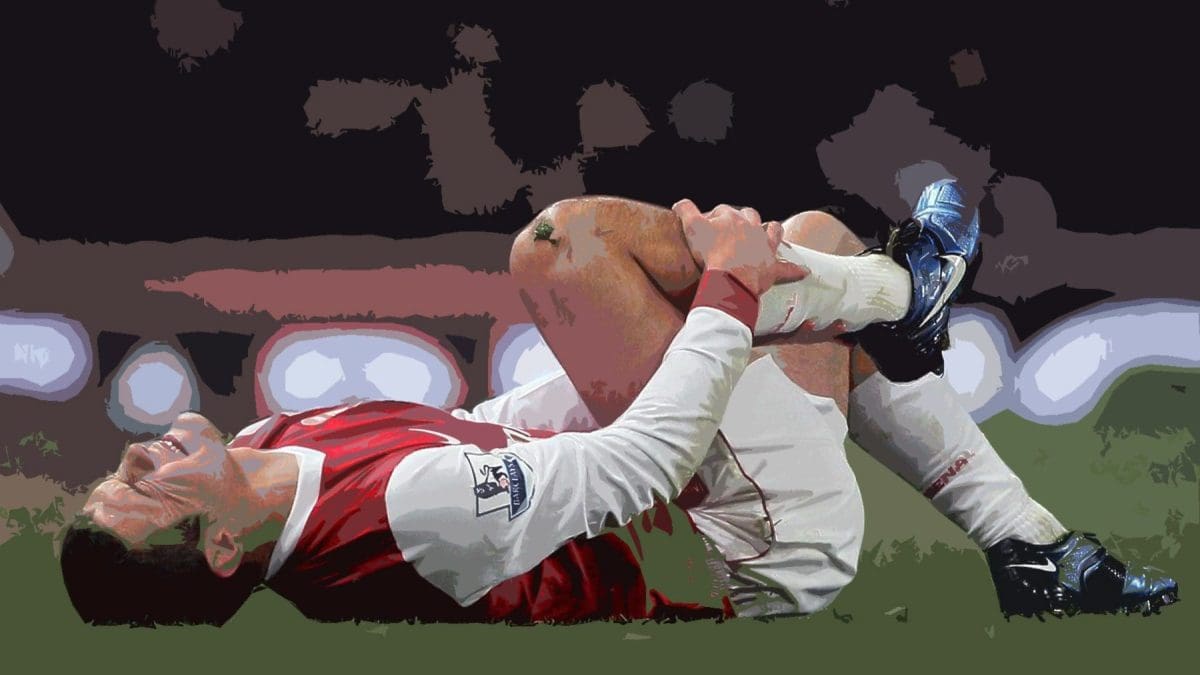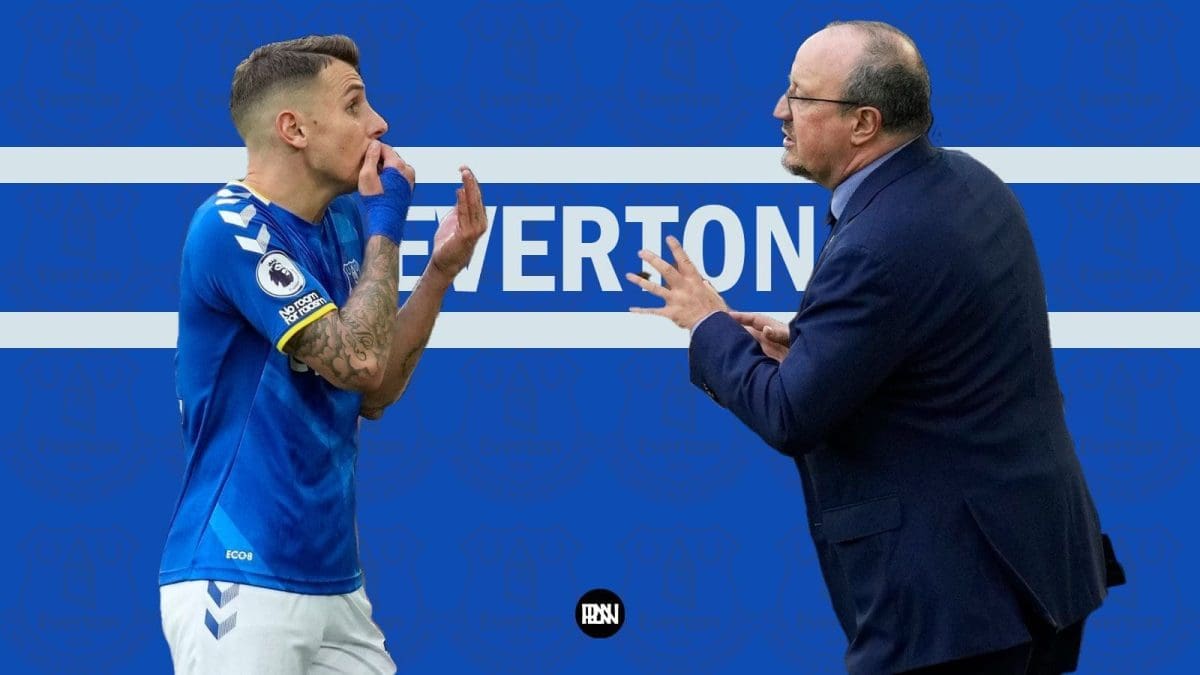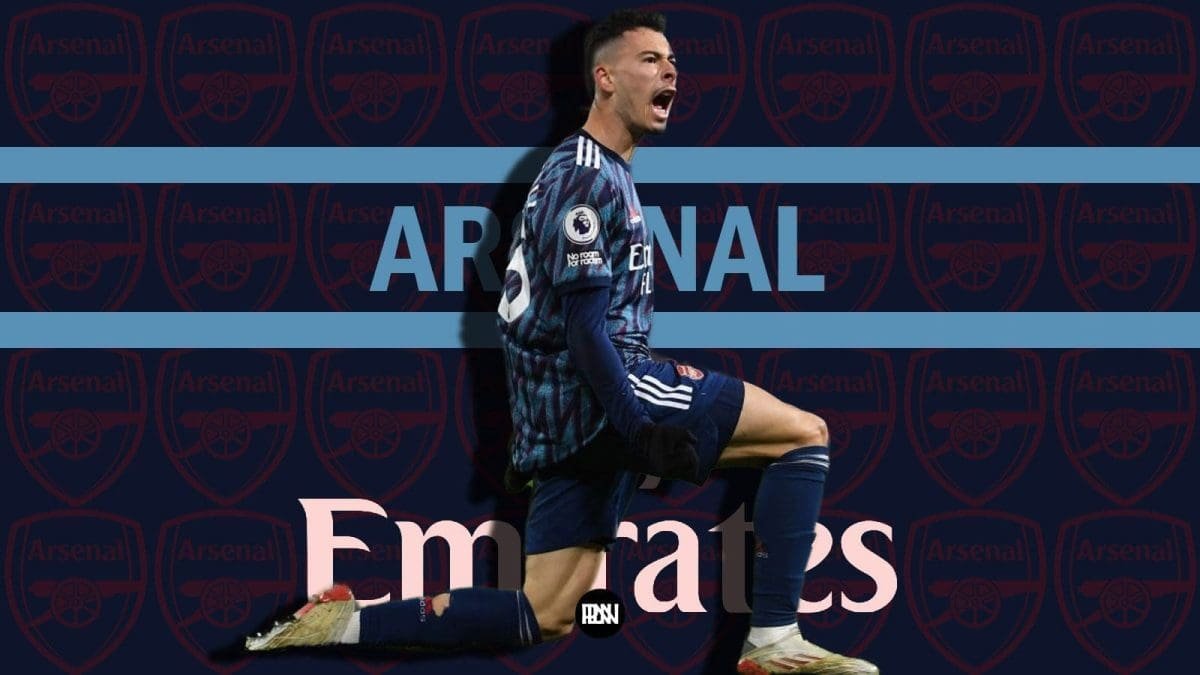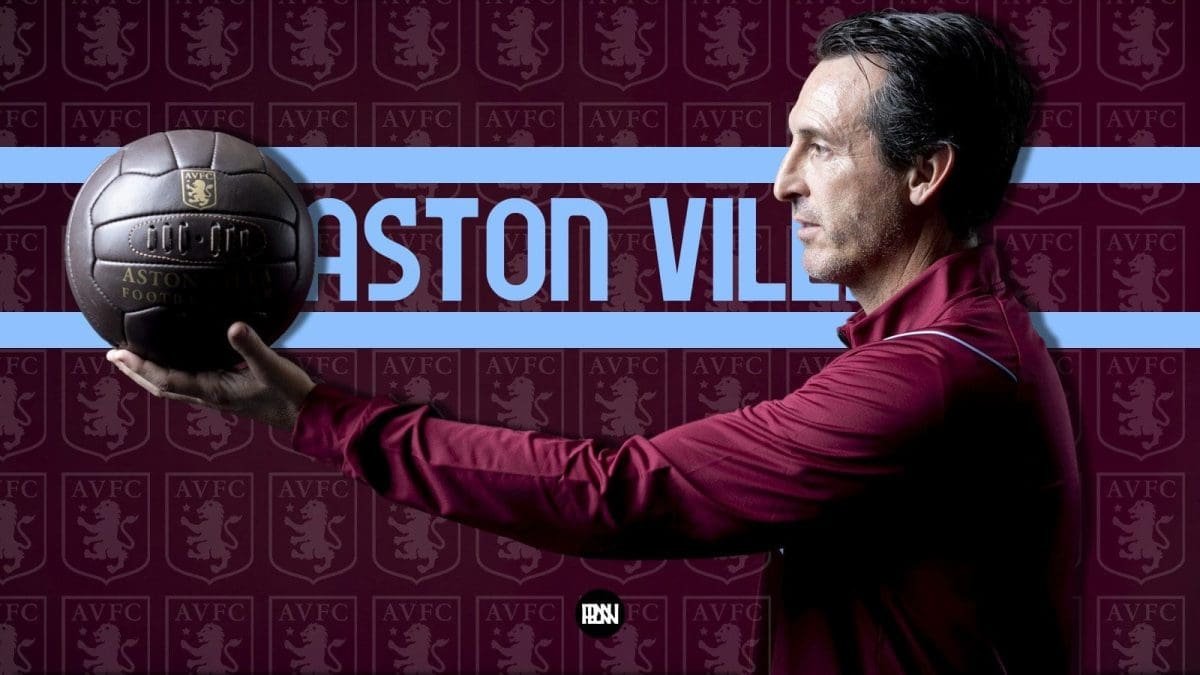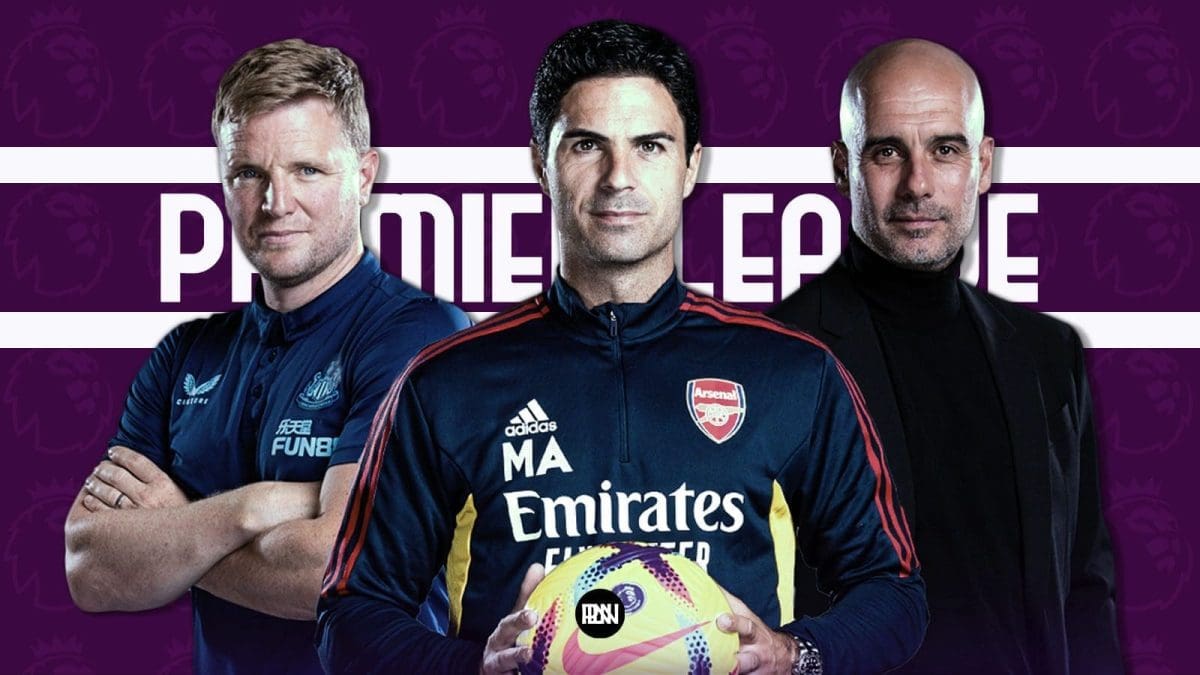Every good thing has some harshness associated and Football is no exception. Injuries in Football are the worst thing one can hope even for an opposition player. Here we try to summarize one of the worst injuries which has actually caused careers to many players, ACL Injury.
Alan Shearer, Van Djik, Totti, Zlatan Ibrahimovic, Roy Keane, and Marcus Reus are a few of the many names who have been victims of an injury to the ACL tear and have their careers affected due to the same.
The Study of Knee Joint

ACL stands for “Anterior Cruciate Ligament” which is a stabilizing tissue in the knee joint. The ligament is defined as a band of tissue which helps in connecting two bones and allows movement about that joint.
The upper part of the leg is formed of Thigh Bone (Femur) while the lower part of the leg is formed by two bones, Tibia (Shinbone) and Fibula. The knee joint is formed by the thigh bone and the shin bone and these are stabilized by a large number of ligaments. Out of the many ligaments, one is the Cruciate Ligament which functions majorly to stabilize the knee. It has two parts:
- Anterior (forward placed) Cruciate Ligament
- Posterior (backward placed) Cruciate Ligament
These both cross each other forming an X-shaped structure in front of the knee. They both function to prevent exaggerated rotation of the knee. Anterior Cruciate Ligament specifically functions to prevent outward extra rotation of the knee. Any injury to it destabilizes the knee and thus causes pain during its movement.
Causes of the Injury
Some of the many causes include:
- Sudden Change in Direction: This usually occurs to a defensive player when he is tracking the run of the opposition player and is tricked by his opponent with a sudden change in direction. The momentum of the defender forces the injury due to a very sudden change in direction.
- Suddenly Stopping while Running: Similar to the point mentioned above, it is due to a sudden change in momentum. In this case too, defender is generally the victim.
- Wrong Landing after a Jump: Recently Chelsea’s Ben Chilwell was the victim of it as he did not land correctly after a jump, which led to tear due to the force of landing.
- Strong Contact during a Tackle: The most common of all on the field as every other minute a player in possession is tackled and a case where a strong challenge is made, which has enough potential to tear the ligament can cause this injury.
Grading of the Injury
Grading of this injury signifies the impact of the injury and how bad it can get for the player. The various grades with their characteristics include:
- GRADE 1: characterized by overstretching of the ligament (without any tear). It causes mild pain and very little destabilization.
- GRADE 2: characterized by a partial tear of the ligament. It causes considerable pain and discomfort in movements of the joint.
- GRADE 3: characterized by a complete tear of the ligament. It is the worst possible scenario and it keeps the player off the field for half a year.
Complications Involved
The player can know about the injury as soon as he is hit or faces a wrong fall as:
- Popping sound arises as soon as there is a tear.
- Irresistible pain around the knee area.
- Tenderness (pain on touch).
- Swelling.
- Difficulty in movements.
MRI Scan and Arthroscopy are the final lab tests which confirm the extent of the injury.
Management of the Injury
On average a player, if has a complete tear, takes 5.5 months to 6.5 months to recover. The various management techniques are classified as:
- Non-Surgical method: Grade 1 and Grade 2 injuries can be cured without involvement of any surgery. The physiotherapist follows the “RICE” regimen which is:
R: Rest
I: Ice
C: Compression
E: Elevation
- Surgical method: Grade 3 injury requires a surgical method followed by the RICE regimen. The surgery involves a graft (tissue) replacement from some other part of the body.
Training from the basics has to be started once the player feels good to go and is followed by increasing the load with time.
The injury has the potential to ruin a career as the player has to start from the basics i.e. Walking. And the journey from basic walk to full-fledged intense football trainings takes a lot of heart alongside physical stress and by this time it is difficult for a player to work on his form and be consistent yet again.


